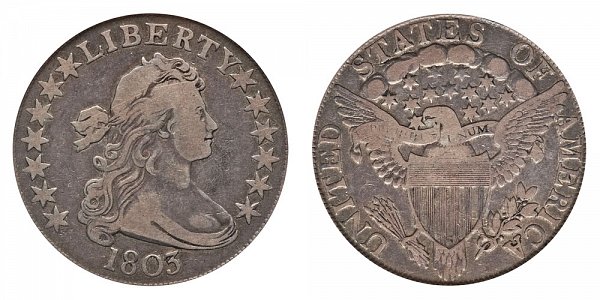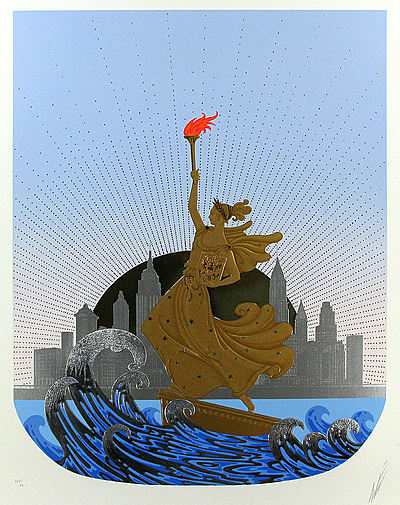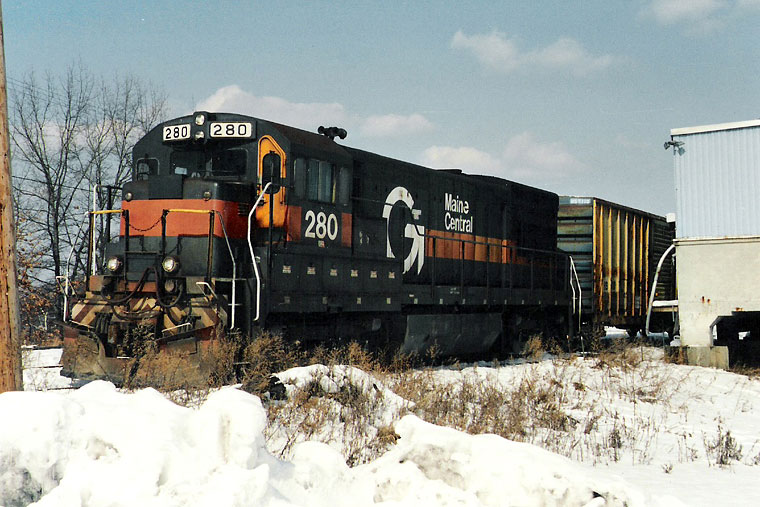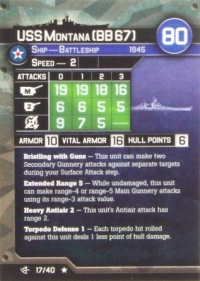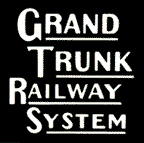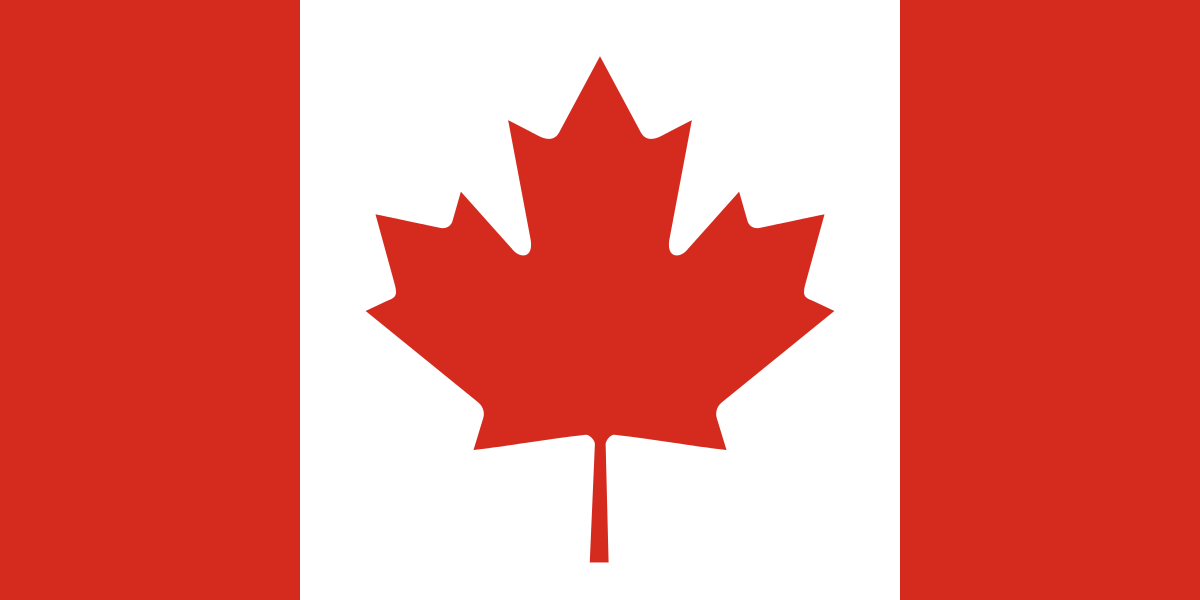Company History: The A&StL was established in 1848 to connect Montreal, Quebec with the nearest ice-free port which was Portland, Maine. Since the standard track gauge of the time in both Maine and Quebec was 5’6”, that was the gauge they used. The line from Montreal to the Vermont border was held by a Canadian subsidiary of A&StL called St. Lawrence & Atlantic Railway. The Atlantic & St. Lawrence and their subsidiary StL&A were acquired by Grand Trunk Railway in 1853. By 1873, all of the lines had been standard gauged.
Successor/Parent History: The Grand Trunk Railway (reporting mark GT) was a railway system that operated in the Canadian provinces of Quebec and Ontario and in the American states of Connecticut, Maine, Michigan, Massachusetts, New Hampshire, and Vermont. The railway was operated from headquarters in Montreal, Quebec, with corporate headquarters in London, England (Warwick House Street). It cost an estimated $160 million to build. The Grand Trunk, its subsidiaries, and the Canadian Government Railways were precursors of today's Canadian National Railways.
GTR's main line ran from Portland, Maine to Montreal, and then from Montreal to Sarnia, Ontario, where it joined its western subsidiary.
The GTR had three important subsidiaries during its lifetime:
Central Vermont Railway which operated in Quebec, Vermont, New Hampshire, Massachusetts, and Connecticut. Grand Trunk Pacific Railway which operated in Northwestern Ontario, Manitoba, Saskatchewan, Alberta, and British Columbia. Grand Trunk Western Railroad which operated in Michigan, Indiana, and Illinois. A fourth subsidiary was the never-completed Southern New England Railway, chartered in 1910, which would have run from a connection with the Central Vermont at Palmer, Massachusetts, to the deep-water, all-weather port of Providence, Rhode Island. A new line to Providence would have allowed for more extensive port facilities than were possible for the Central Vermont at New London, Connecticut. Construction began in 1910 and continued in fits and starts for more than 20 years until finally abandoned in the early 1930s because of the Great Depression. The loss of the SNER's strongest proponent, Grand Trunk Railway president Charles Melville Hays, on RMS Titanic in 1912 may have been the major reason that this new route to the sea was never completed. Another important factor was the unrelenting opposition of the New York, New Haven and Hartford Railroad, which fiercely protected its virtual monopoly control of rail traffic in southern New England.From Wikipedia
GTR's main line ran from Portland, Maine to Montreal, and then from Montreal to Sarnia, Ontario, where it joined its western subsidiary.
The GTR had three important subsidiaries during its lifetime:
Central Vermont Railway which operated in Quebec, Vermont, New Hampshire, Massachusetts, and Connecticut. Grand Trunk Pacific Railway which operated in Northwestern Ontario, Manitoba, Saskatchewan, Alberta, and British Columbia. Grand Trunk Western Railroad which operated in Michigan, Indiana, and Illinois. A fourth subsidiary was the never-completed Southern New England Railway, chartered in 1910, which would have run from a connection with the Central Vermont at Palmer, Massachusetts, to the deep-water, all-weather port of Providence, Rhode Island. A new line to Providence would have allowed for more extensive port facilities than were possible for the Central Vermont at New London, Connecticut. Construction began in 1910 and continued in fits and starts for more than 20 years until finally abandoned in the early 1930s because of the Great Depression. The loss of the SNER's strongest proponent, Grand Trunk Railway president Charles Melville Hays, on RMS Titanic in 1912 may have been the major reason that this new route to the sea was never completed. Another important factor was the unrelenting opposition of the New York, New Haven and Hartford Railroad, which fiercely protected its virtual monopoly control of rail traffic in southern New England.From Wikipedia
Brief History: Canada is a North American country stretching from the U.S. in the south to the Arctic Circle in the north. Major cities include massive Toronto, west coast film centre Vancouver, French-speaking Montréal and Québec City, and capital city Ottawa. Canada's vast swaths of wilderness include lake-filled Banff National Park in the Rocky Mountains. It's also home to Niagara Falls, a famous group of massive waterfalls.
Item created by: gdm on 2023-01-12 09:01:22
If you see errors or missing data in this entry, please feel free to log in and edit it. Anyone with a Gmail account can log in instantly.
If you see errors or missing data in this entry, please feel free to log in and edit it. Anyone with a Gmail account can log in instantly.




